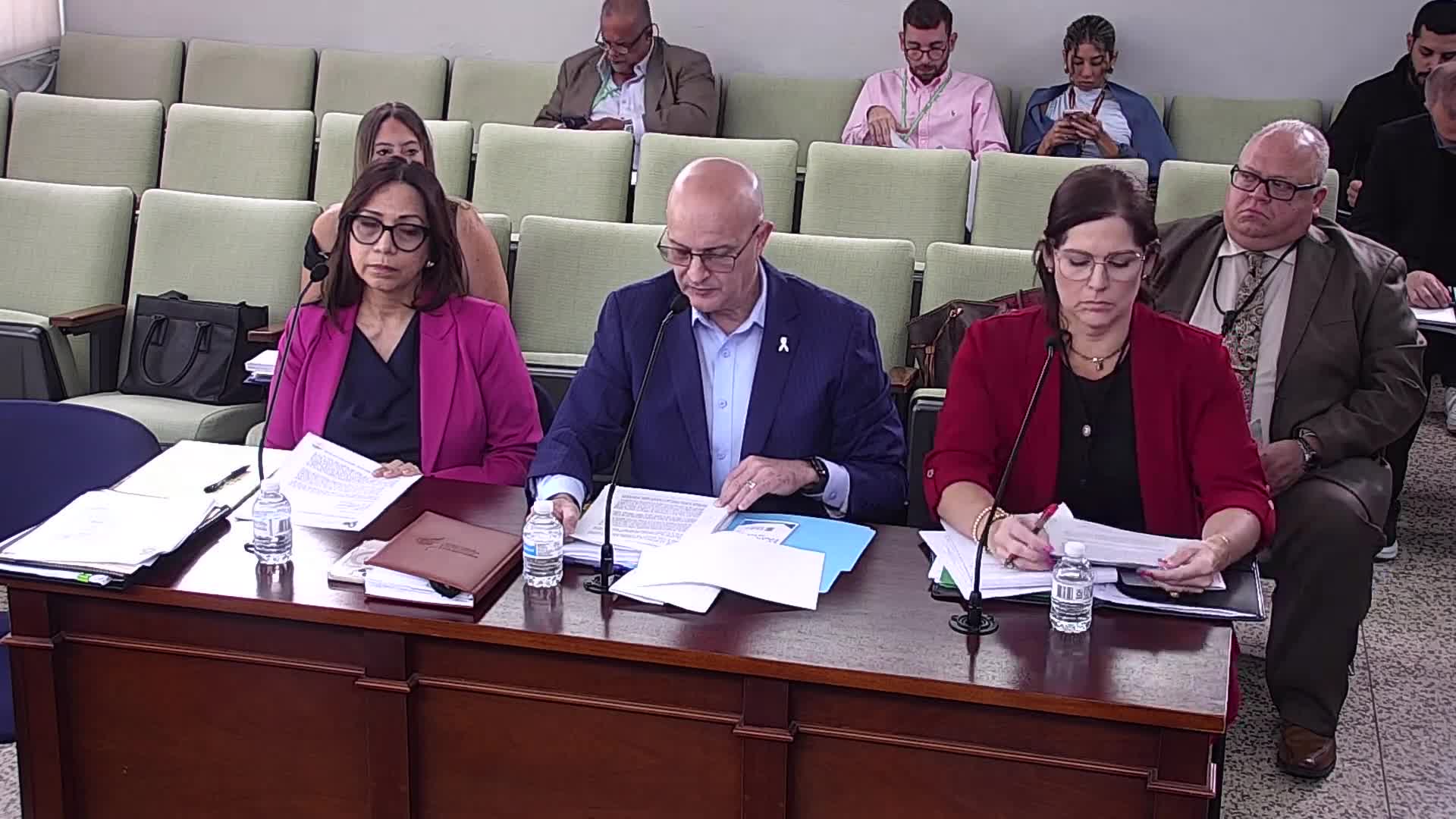
This article was created by AI using a video recording of the meeting. It summarizes the key points discussed, but for full details and context, please refer to the video of the full meeting. Link to Full Meeting
In Puerto Rico, statistics from 2020 revealed that 28.5% of the population were seniors, with life expectancy anticipated to rise to 81.3 years. Projections suggest that by 2030, individuals aged 60 and above will make up 35% of the population, increasing to 38.1% by 2040 and 39.8% by 2050, based on data from the U.S. Census Bureau.
The increase in the elderly population is linked to demographic changes, including birth rates, mortality, and migration patterns. Following Hurricane Maria, there was a notable migration of working-age adults to the mainland United States, leaving behind a higher proportion of older residents. This shift has contributed to a more impoverished and aging Puerto Rico.
Recent data indicates that in 2023, around 34 municipalities in Puerto Rico saw their population of individuals aged 65 and older double compared to those under 15. This demographic change has resulted in a 25% increase in the aging index, rising from 158.4 to 198.6.
As Puerto Rico grapples with these challenges, the implications for healthcare, social services, and economic stability are profound, necessitating urgent attention from policymakers and community leaders.
Converted from Audiencia 3 meeting on May 13, 2025
Link to Full Meeting
Comments
View full meeting
This article is based on a recent meeting—watch the full video and explore the complete transcript for deeper insights into the discussion.
View full meeting